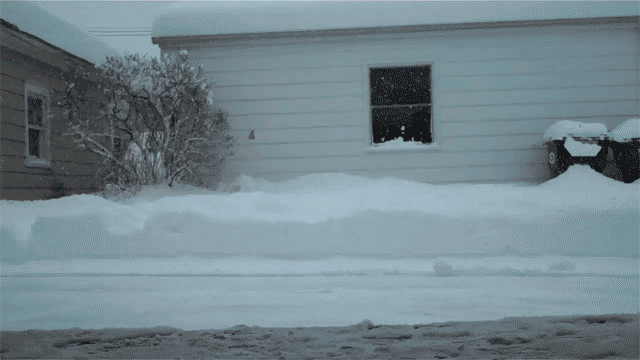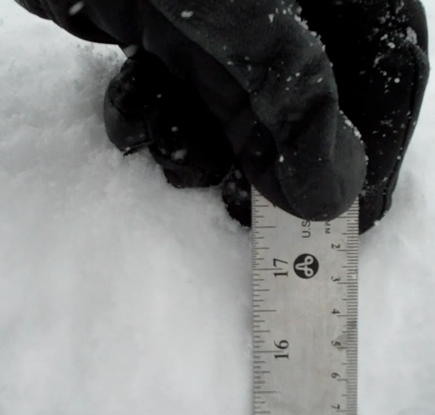I spend a lot of time trying to figure out how to escape the circular reasoning behind the notion that “teachers don’t have time to create their own learning resources.” I believe that notion to be completely false, yet walk into any school building and you’ll easily find a good majority of teachers that claim they’re too busy to worry about “one more thing”. Perhaps….but what if the reason they feel so overwhelmed is that the time they do have has been structured to be inefficient and cluttered with a lot of “small chores” that never seem to be done?
This past Saturday morning I woke up to 17 inches of fresh snow. It was quite a shock, and after suiting up in my winter gear and shoveling a path to the driveway, I got the snow blower warmed up and started to clear off the driveway. It was extremely slow going, and thanks to a very narrow band of lake effect snow fall, the sticky white flakes continued to blanket the ground the entire time I was working. By the time I was halfway done with the driveway, I had to go back and re-do what I had already cleared off.
I found myself slightly miffed at having to do the same work over again, and was downright annoyed when I realized that I would most likely have to come back out later in the day to clear out the end of the driveway again after the road plows came through, burying us yet again. I carried out my frosty chore though, because I knew that tackling the “big chore” would make it easier to clear off the driveway again later in the day. I could have just as easily gone back inside and waited for the snow to stop and the plows to clear the road, or even waited until the middle of this week when the weather would be warm enough to melt a lot of the snow, but that would have made things exceptionally difficult for me. Which of course is when my brain switched over into “let’s learn from this” mode (a setting that I would all too often love to be able to turn off voluntarily).
Teachers constantly prepare for the lessons of the week. Copies of handouts are made, activities are setup, trips to the computer lab are scheduled, and just about every other detail that would require some foresight is taken care of. Teachers regularly “bite off” a big chunk of tasks at the start of the work week, or before a large unit, so that they can spend more time working with students and enjoying the learning environment, rather than having to slog through the proverbial 17 inches of snow that would be menial tasks that get in the way without proper preparation.
So why do many look at developing their own resources, especially those created with technology, any differently? Rather than get out there and tackle the “big chore” (creating an iMovie, making some animated GIFs, assembling some graphic organizers with a word processor), educators spend a lot of time searching for the perfect resources that may or may not exist, to fit within their units. Many use excuses of “why bother reinventing the wheel” or “it takes so much time!”. Which of course to me is a bit silly. You don’t have the same students as you did last year, maybe they might need slightly tweaked resources, and if you spent some dedicated time at the start of a unit playing with a piece of technology (perhaps even alongside your students) you might discover you have a knack for a particular task (making animated GIFs to illustrate learning objectives with humor or motion).
Instead, often is the case in which teachers wait until after all the learning is done, or when they have 3 hours to sit down and dedicate themselves during a professional development day. I know what I say next may not be popular, but you have to play! And you have to do it sooner than you would like or think, forcing yourself to start creating something that is yours, not just taken off the shelf (or at the very least, something you’ve taken, but have tweaked to your own purposes). I had to force myself out into the cold last Saturday morning to snow blow that driveway, even though I knew I could have waited out the snow fall; but I would have been hindered by the snow to say the least, and it would have made driving in and out of the garage difficult (to say the least). So I sacrificed time with my family and relaxing in a warm chair on a weekend morning to clear off my driveway for almost 2 hours.
We may feel like our work may never be done in education, especially if we start sacrificing other opportunities to start producing our own learning resources, but what opportunities would that afford us in the future? By regularly clearing off my driveway I don’t have to worry about ice, getting my car stuck, or blocking others from visiting. By creating my own resources (even something as simple as my own writing prompts and graphic organizers), what could you allow your students to accomplish?






